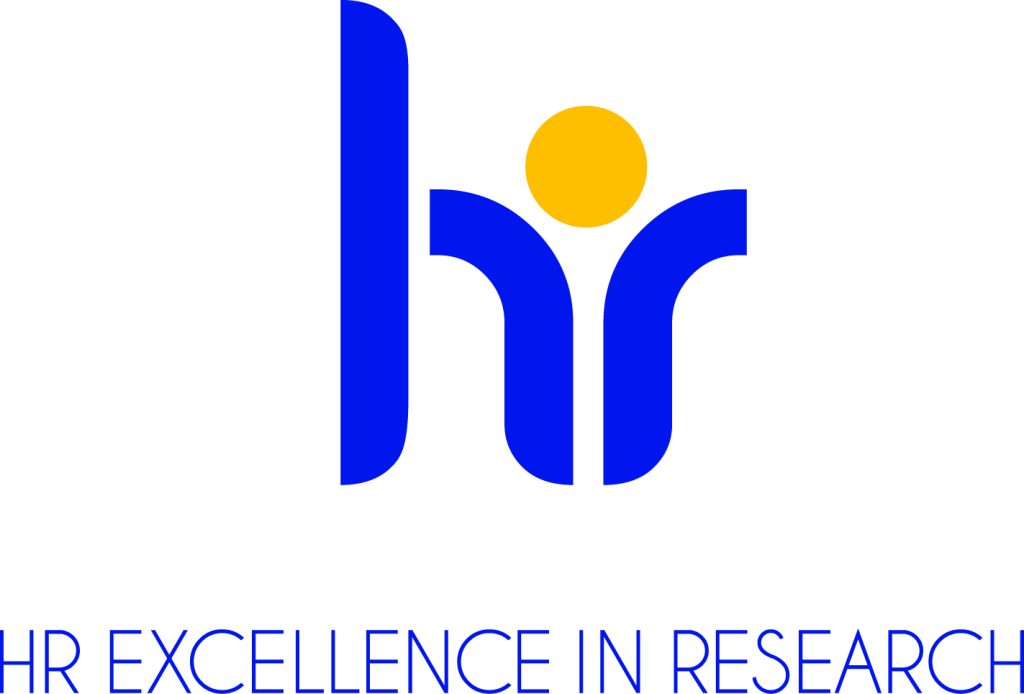Johannes Hevelius, Maria Cunitia, Elias von Löwen and astronomy of the 1st half of the 17th century
07.03.2023 | 07.03.2023
Prof. dr hab. Jarosław Włodarczyk, L. & A. Birkenmajer Institute for the History of Science, Polish Academy of Sciences, Warsaw
In this paper I intend to present the astronomical content of a set of 22 letters written in the years 1648–1654 and exchanged by Johannes Hevelius (1611–1687) with Maria Cunitia (1610–1664) and her husband, Elias von Löwen (Crätschmair, c. 1602–1661), a couple based in Silesia. Maria Cunitia is acknowledged for her Urania Propitia (1650), an innovative adaptation of the mathematical astronomy of Johannes Kepler’s Rudolphine Tables (1627). In turn von Löwen authored astronomical calendars and ephemerids. The correspondence features several significant astronomical themes, which cast new light on the activities of astronomers in the first half of the 17th century, and even on the chronology of discoveries. These include telescopic observations of the positions of the planets made to verify the accuracy of astronomical tables, studies of the optical libration of the Moon in the period preceding Galileo Galilei and Hevelius, and discussion of the usefulness of various observational tools such as the telescope. In this paper, I will devote a little more time to this third issue, namely the epistolary discussion in which von Löwen presented numerous objections to the usefulness of the telescope for astronomy, while Hevelius defended this new astronomical instrument.


 Wróć
Wróć
